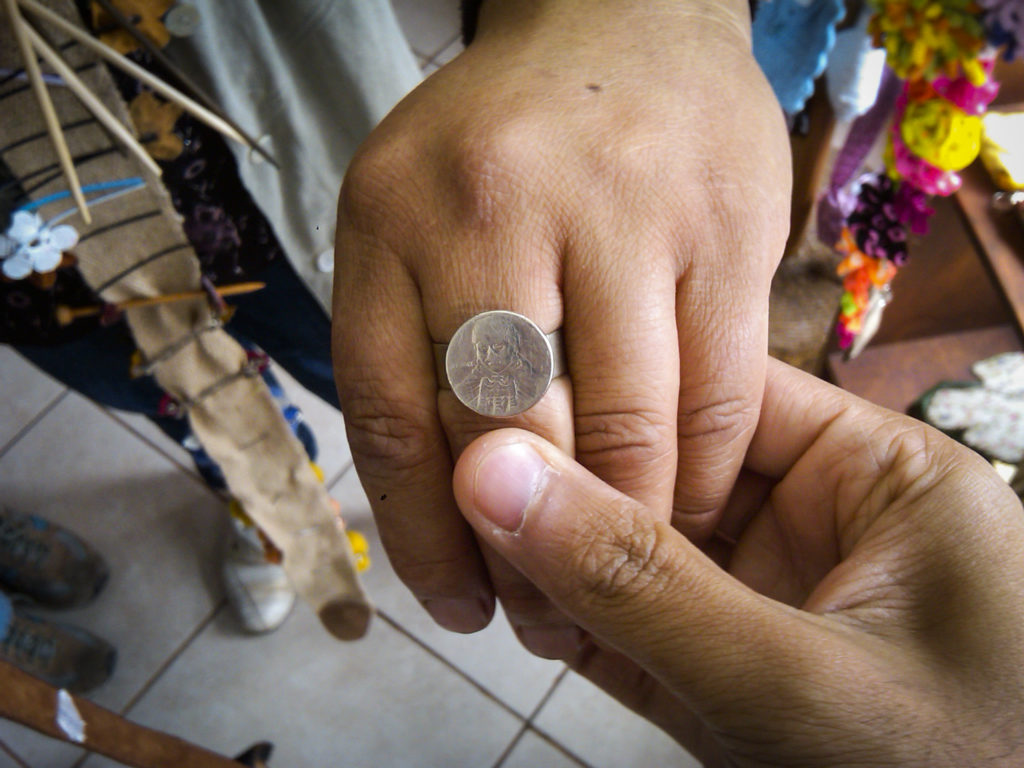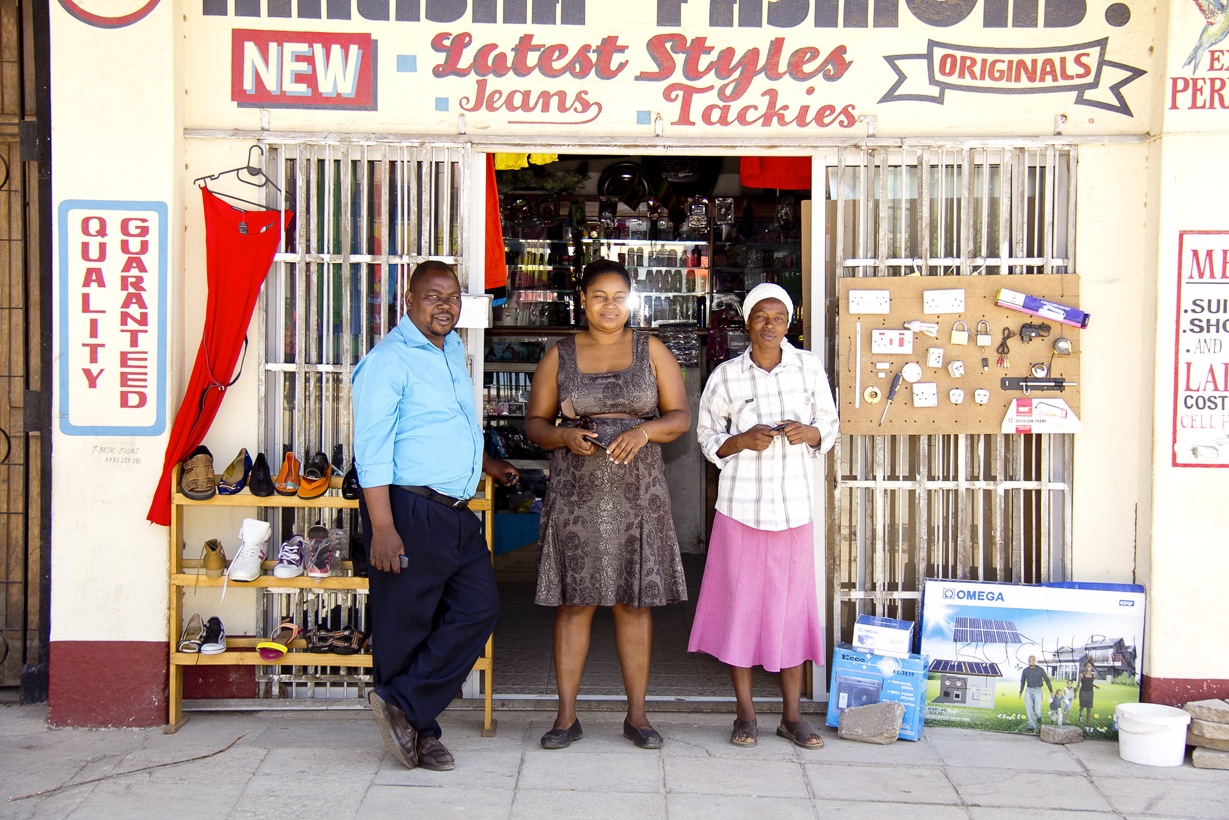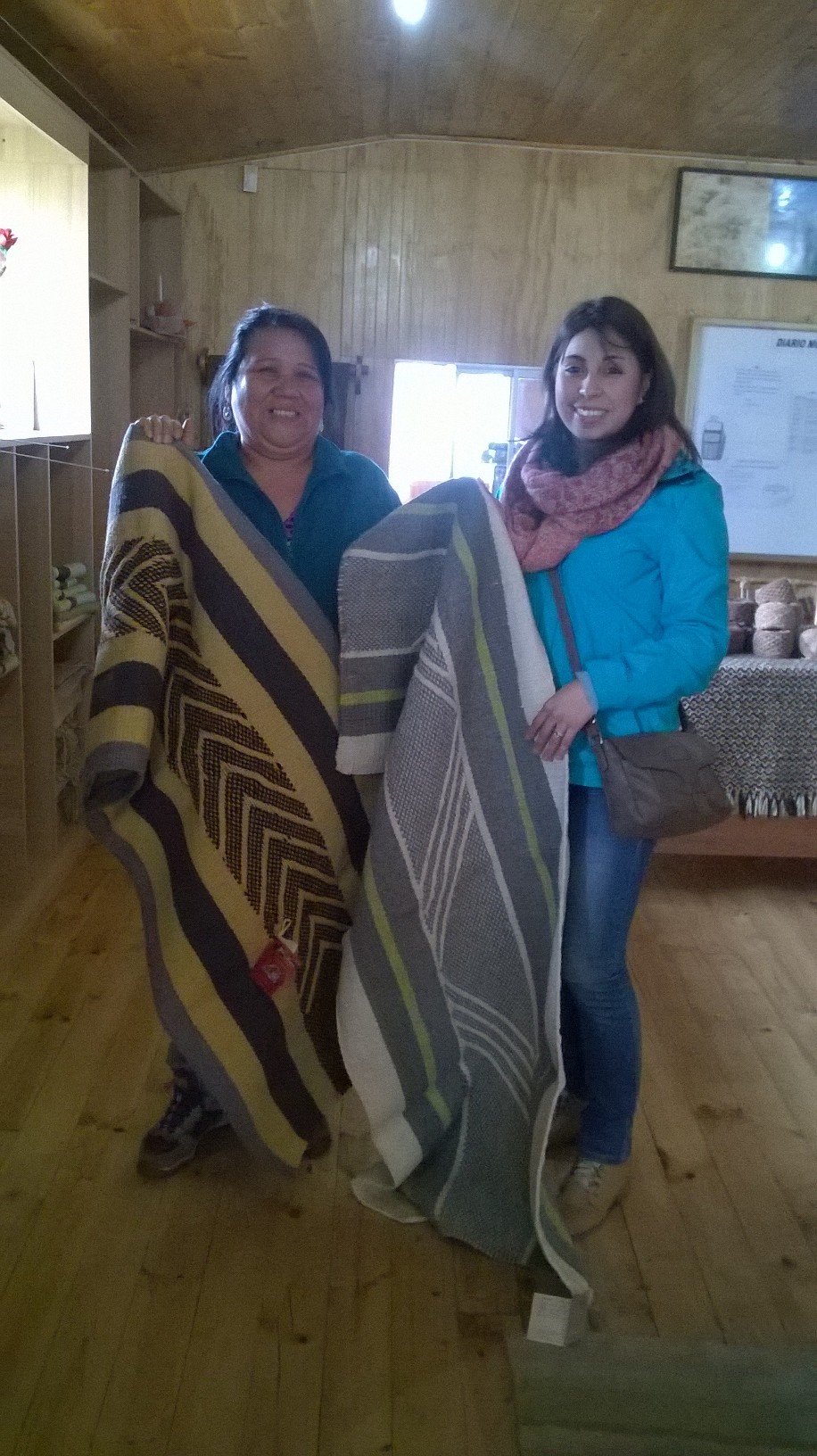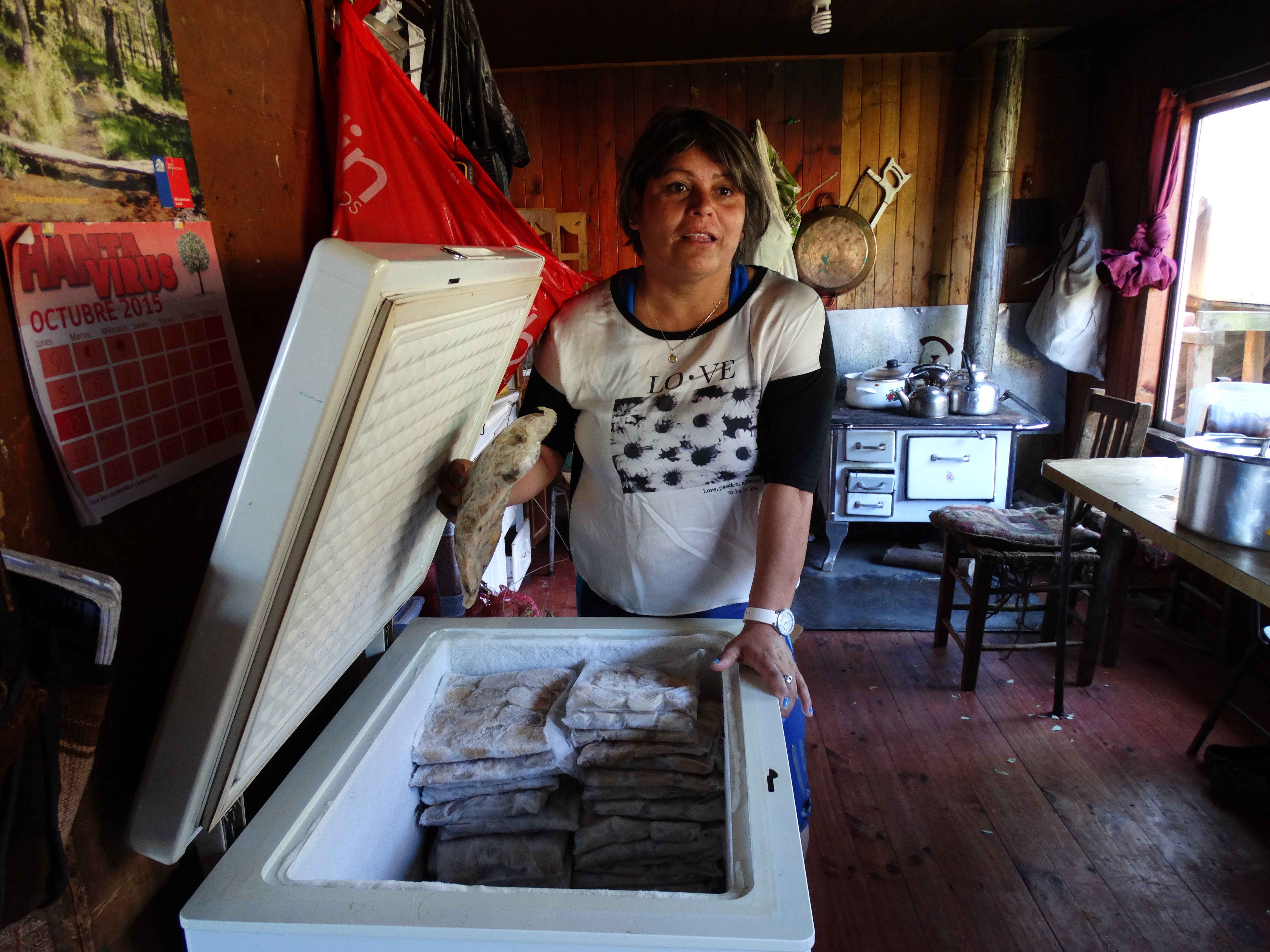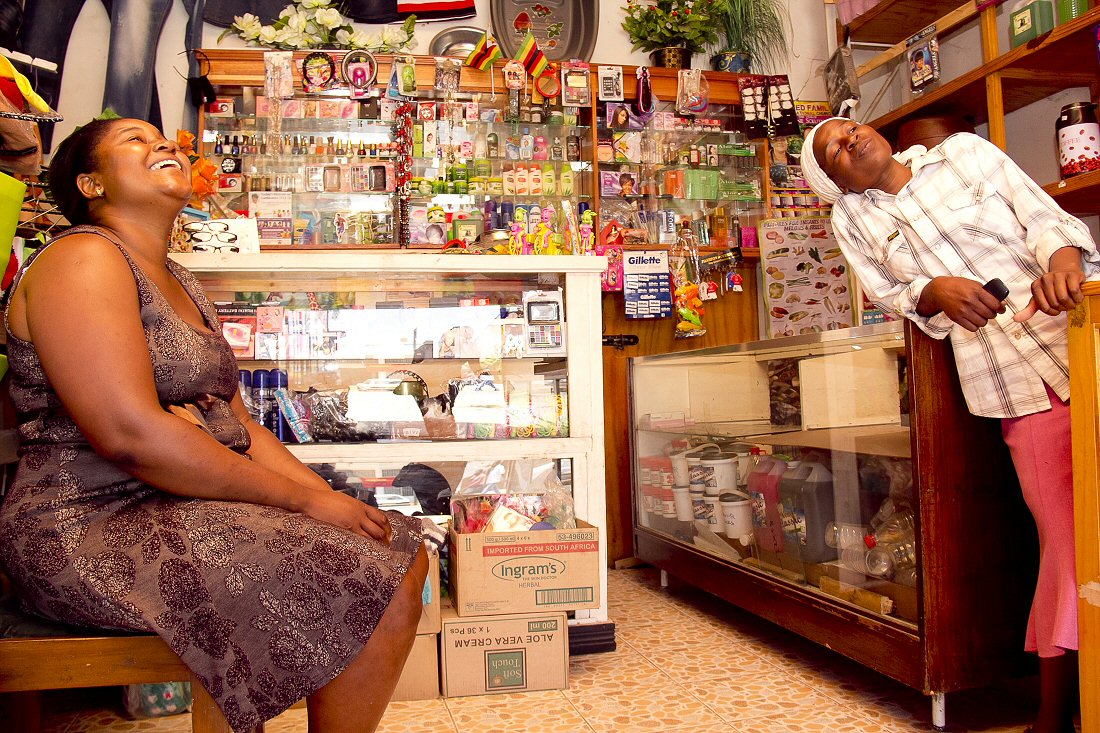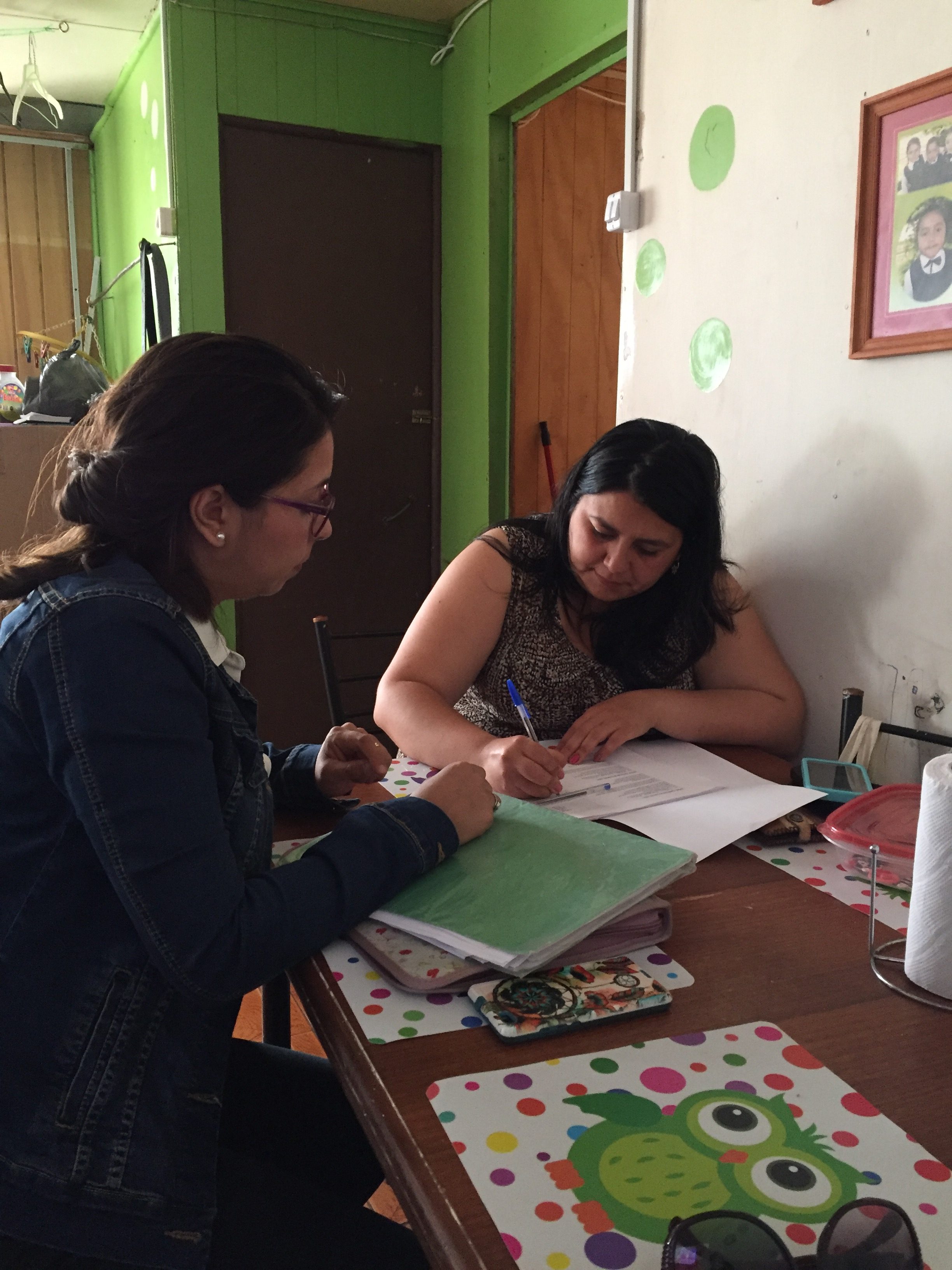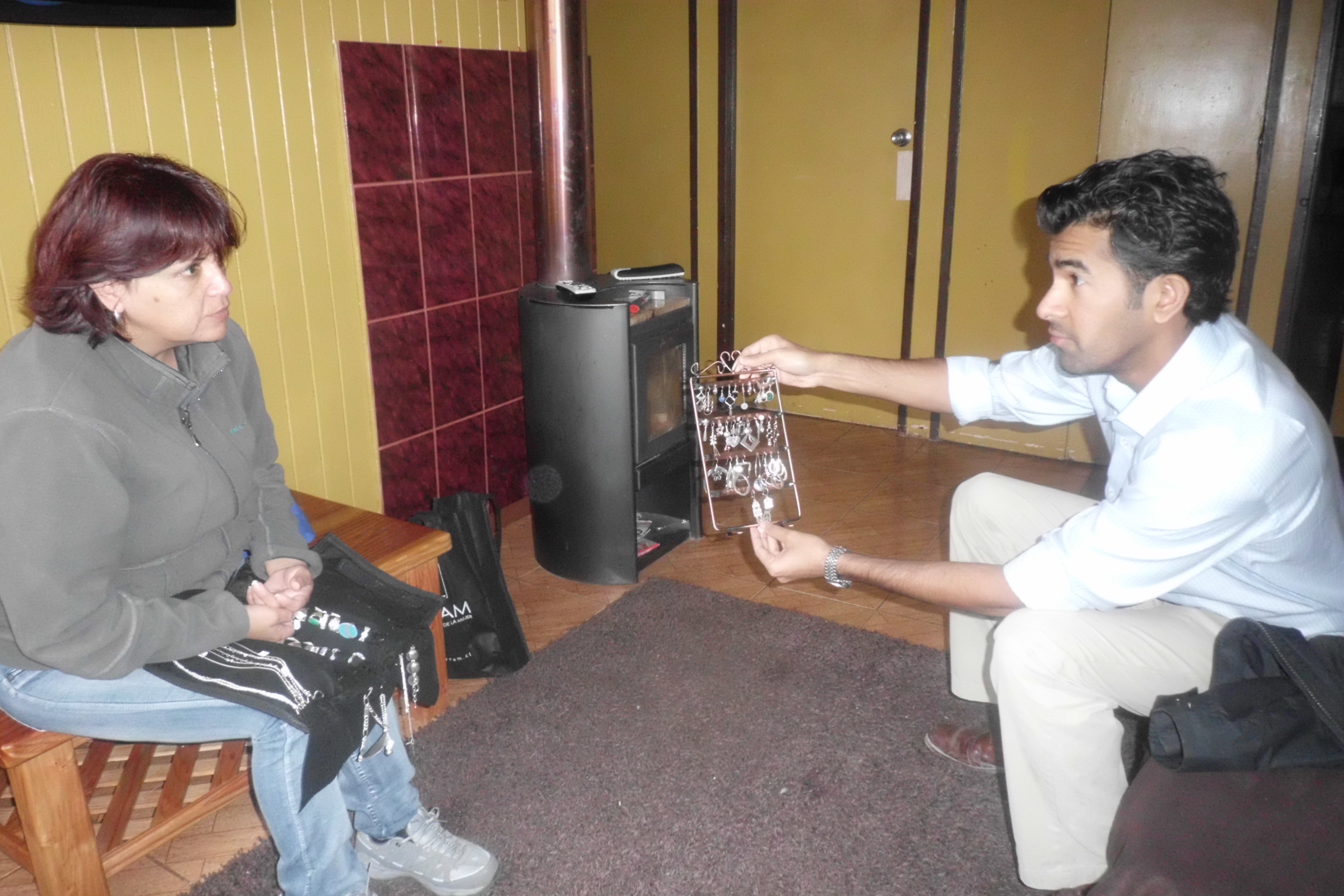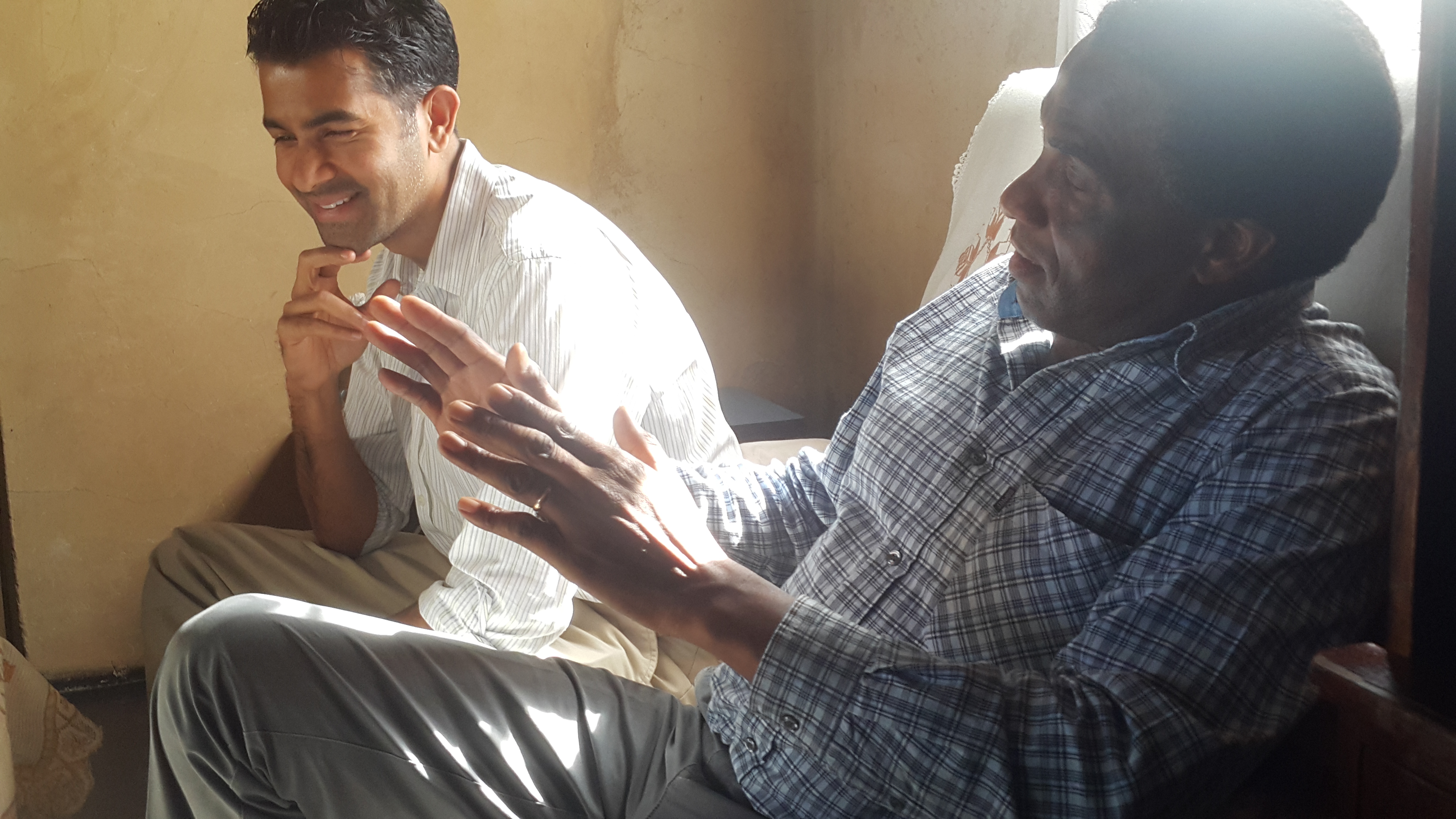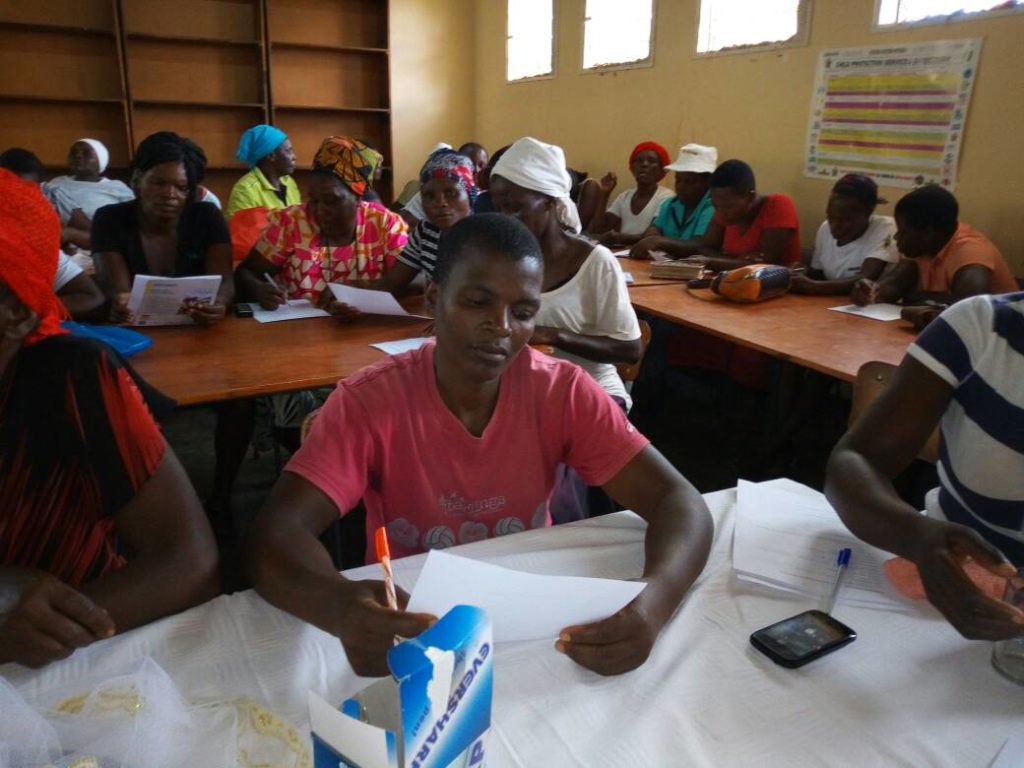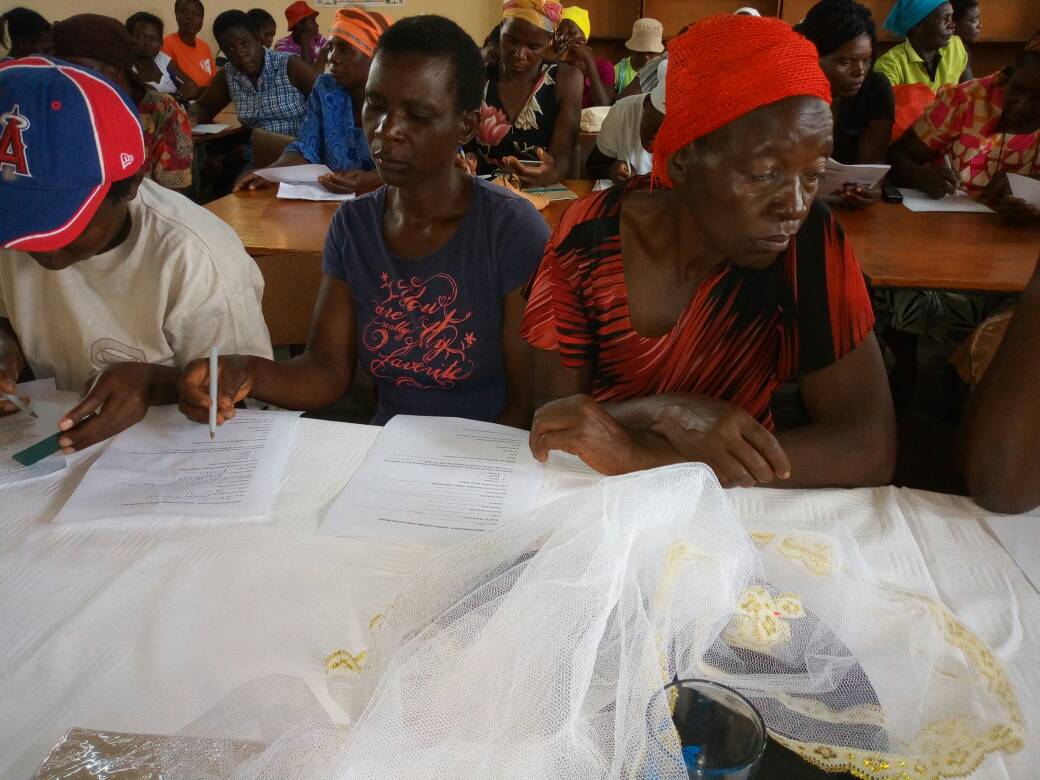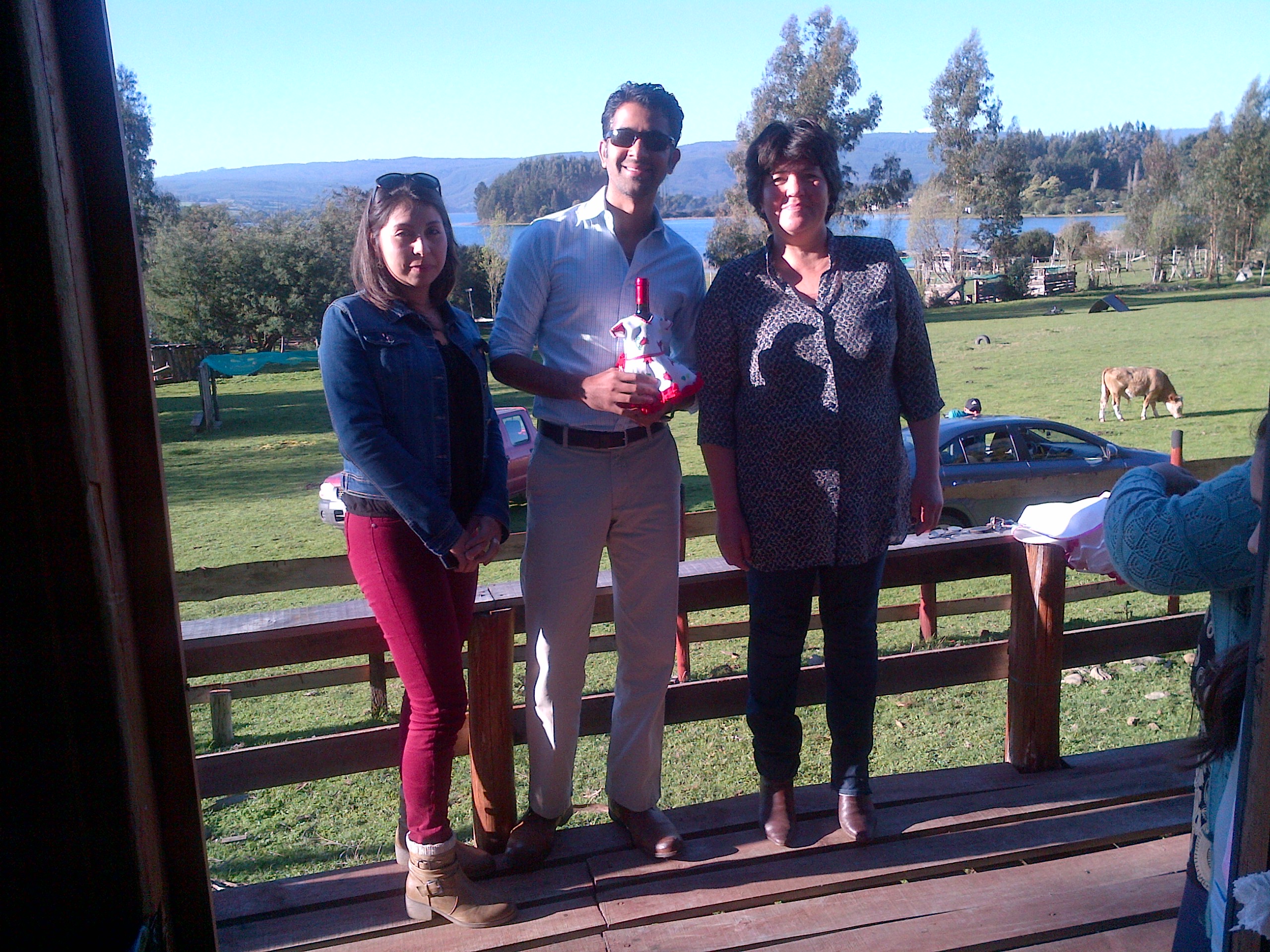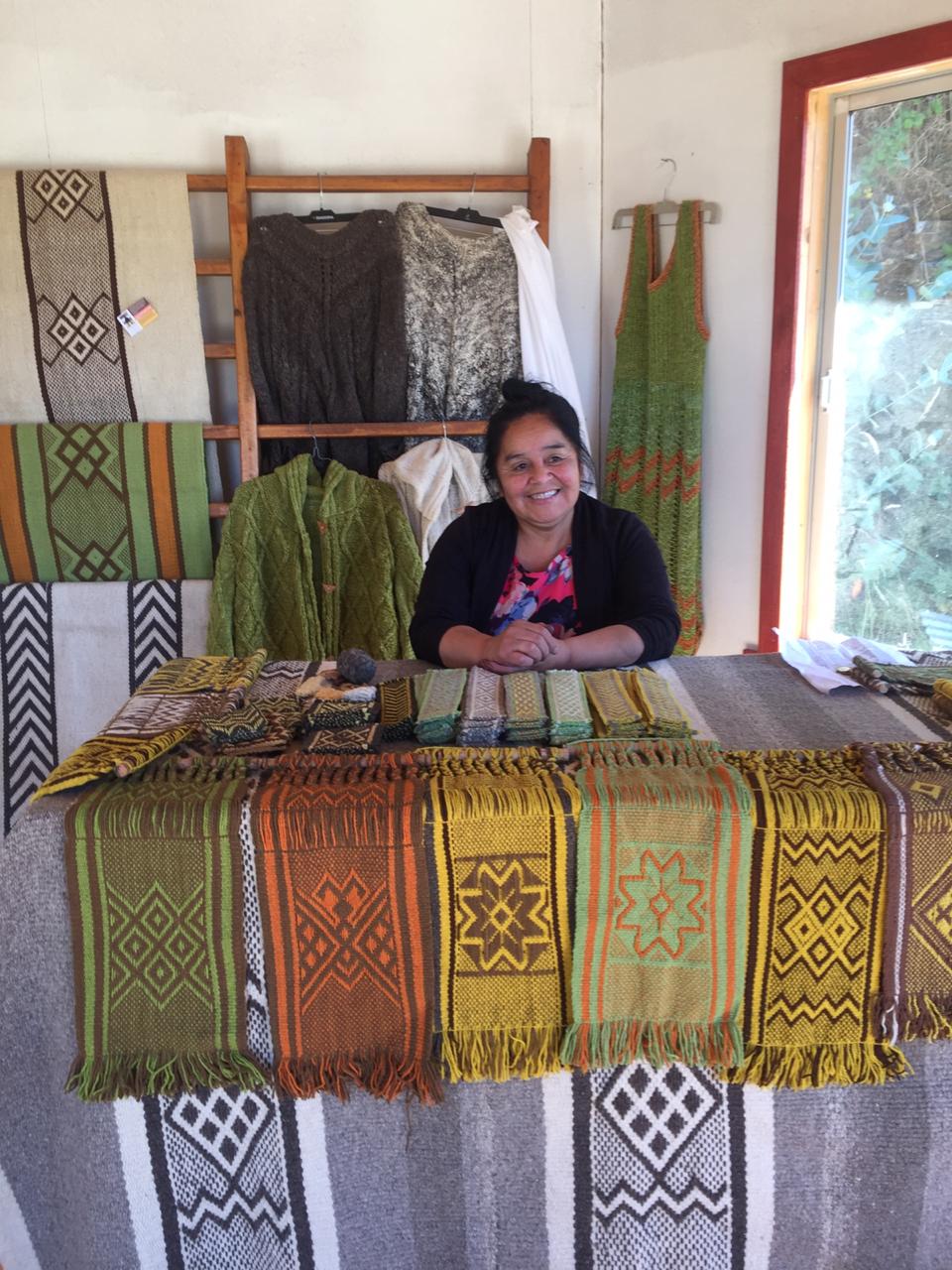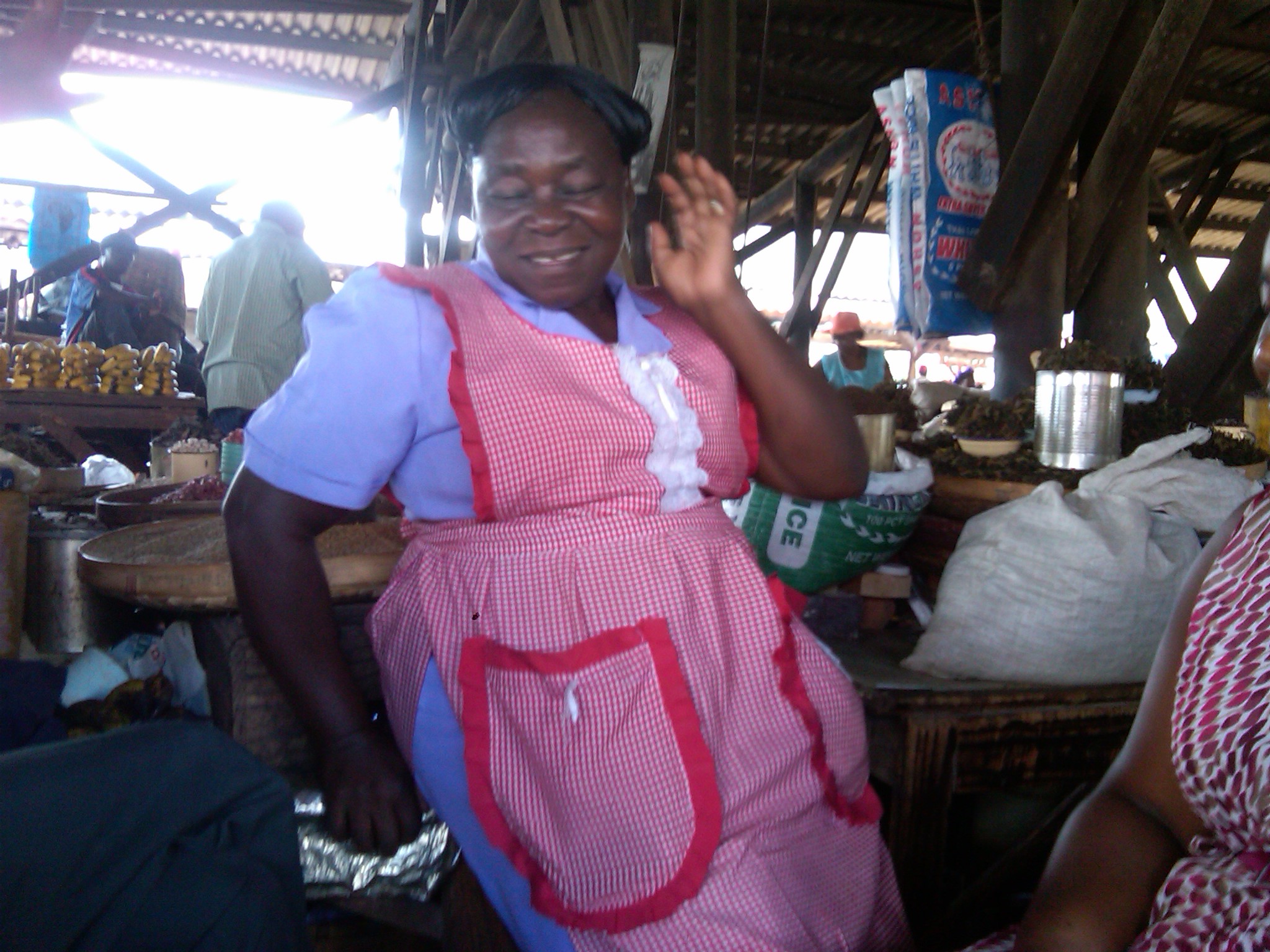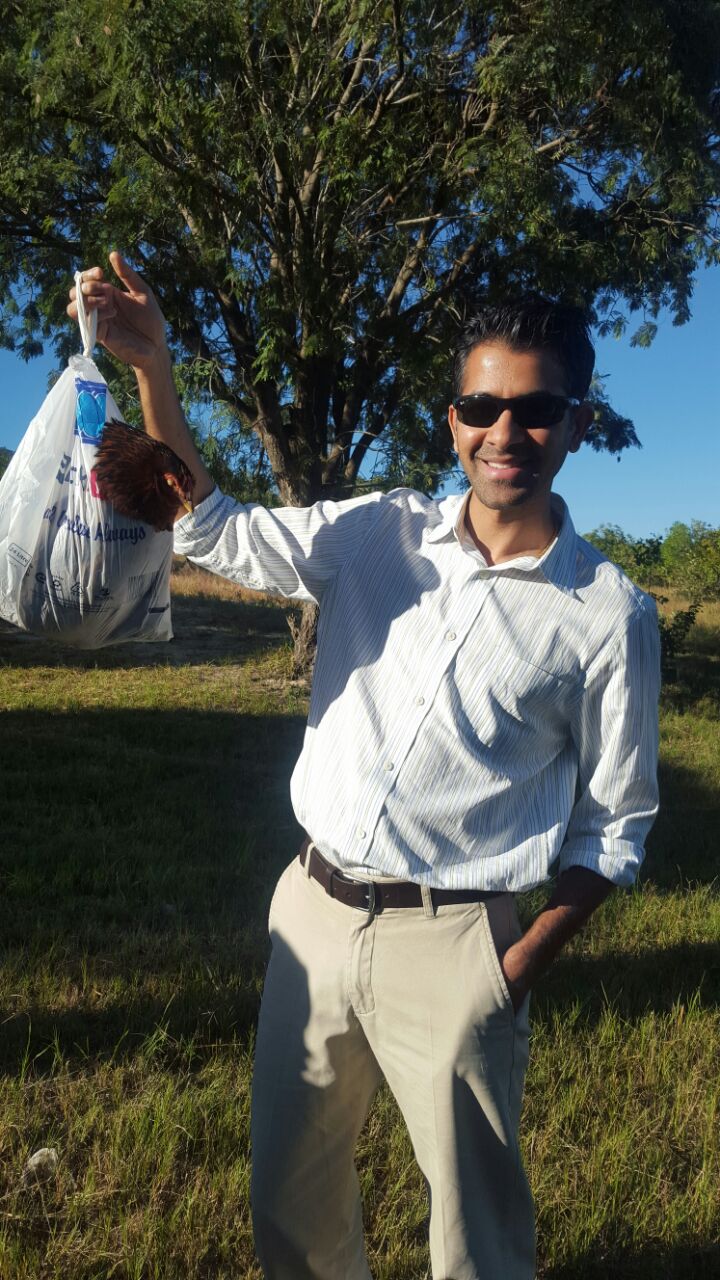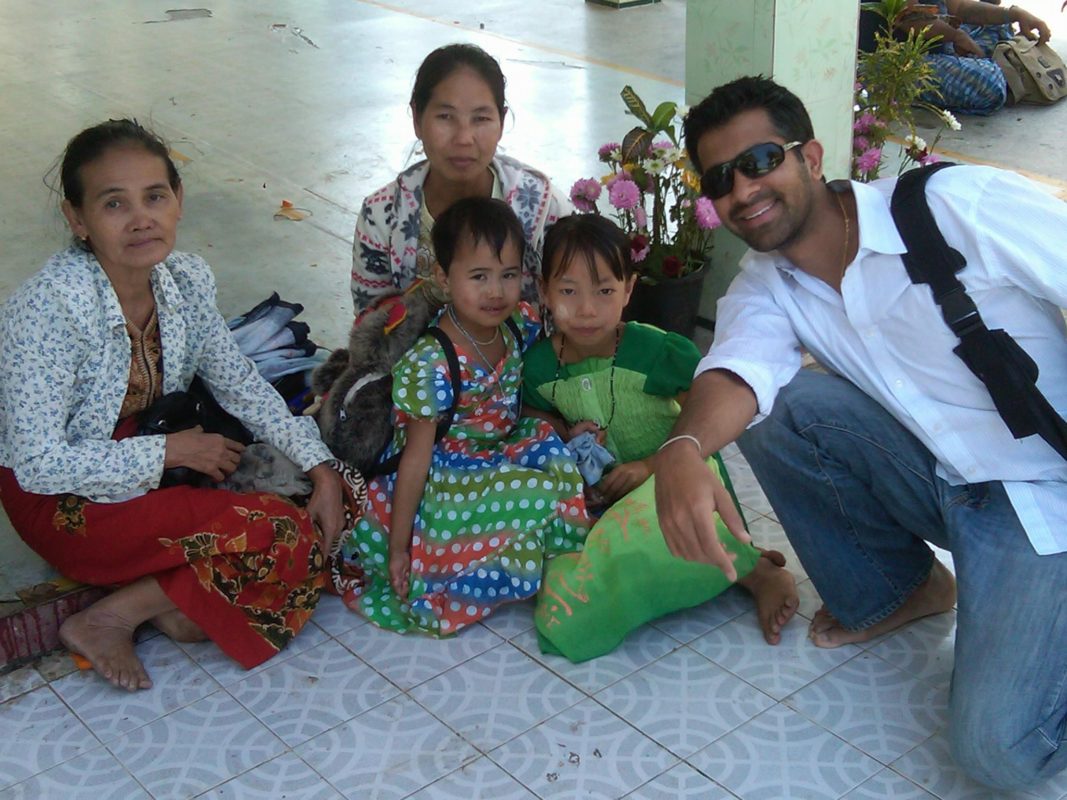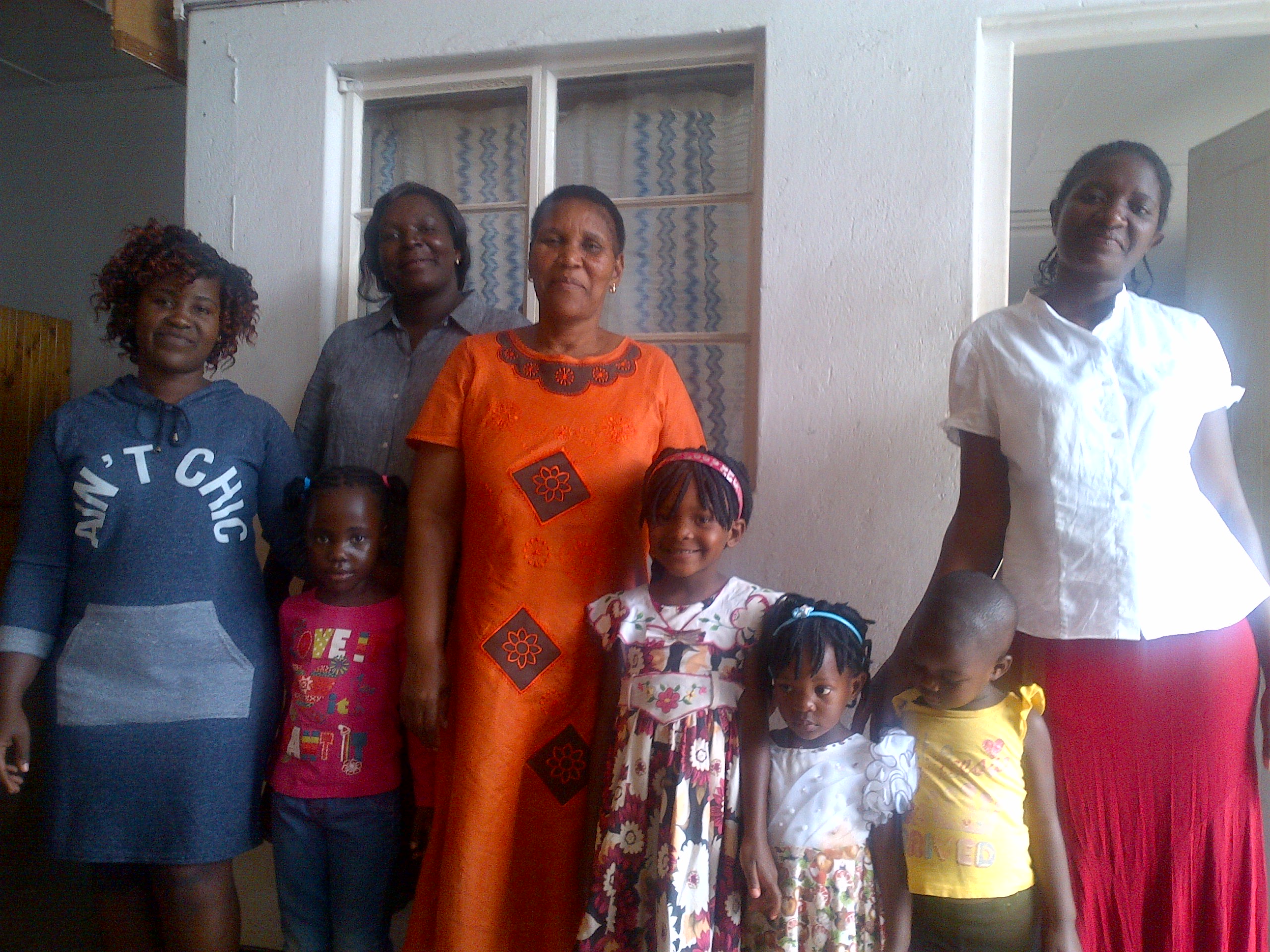SKILLS and the Indigenous People of Chile
There are ten distinct indigenous groups in Chile, and their people make up roughly 10% of the Chilean population. However, Chile is the only Latin American country that does not acknowledge or represent Indigenous people and their rights in its constitution.
Art is an enormous part of life in many indigenous communities and cultures. But many indigenous artists—especially women—are under-recognized and underrepresented. Indigenous art is also often appropriated at the expense of the real thing.
If you know SKI Charities, you know we’re passionate about empowering women artists, like our beneficiaries in Chile, who keep their indigenous heritage alive in their work. We’re proud to be part of keeping these vulnerable but essential traditions alive.
Mapuche
The Mapuche of the south-central part of the country is the largest indigenous group in Chile, making up approximately 85% of the country’s indigenous population.
Historically, the Mapuche people speak Mapudungun, meaning “land speak,” an extremely meaningful name considering the Mapuche people’s relationship to horticulture and nature.
They are renowned for their textile and silverwork, which we at SKI are proud to support and empower.
Silverwork, or rutran, as the Mapuche calls it, is used to make traditional jewelry. The practice came into existence in the late 18th century after the Spanish invaded Chile. The Mapuche would melt down silver Spanish coins (which today have become helpful in dating these objects) they acquired through trade and use them to create jewelry, which became a central aspect of the women’s attire.
The appearance of the items varied widely across Chile because they were designed to reflect the diversity of the Mapuche and the specific identities of different families, communities, and geographies.
The Mapuche have struggled against colonial forces that threatened their indigenous identity and land for centuries. As such, the Mapuche have been locked in a struggle for indigenous rights in both Chile and Argentina.
And though today the Mapuche make up only around 9% of Chile’s population, many Chileans have Mapuche in their blood—which makes it all the more important for the history of this resilient people to be shared through art, particularly through traditional artisan techniques that date back centuries.
Plus, many Mapuche artistic traditions are passed down from generation to generation—specifically from woman to woman.
Aymara
The Aymara used to occupy a much larger territory in Chile. But with the European expansion into South America, namely the Spanish, they gradually began to move north to avoid colonial pressures.
Today, the Aymara people live mainly in the northern part of the country along the Bolivian border. While the rights of the Aymara people are recognized to an extent in Bolivia, with the Aymara language an official language of Bolivia, their presence in Chile is acknowledged and respected.
The art that the Aymara typically create is functional while still vibrant and personal. The colors and patterns woven into their textiles have significance to different families and regions.
Diaguita
Evidence shows that the Diaguita people have been in Chile and Argentina since as early as 300 BCE. Despite that heritage and longevity, the Chilean state has only officially recognized them as an indigenous group since 2006.
The Diaguita have been so dispersed throughout the region that no recorded universal language exists. However, scholars debate that it was the dialect that was so diverse, not the language.
As an ancient people, their civilization suggests advanced and deeply intuitive application of early technology.
Historically, they’re known for their irrigation systems, metallurgy, and textile weaving. Their art is defined by distinctive and elaborate black, white, and red ceramic pottery.
Atacameño
Currently, the largest population of Atacameño people in South America lives in Chile.
The ancient traditional art of the Atacameño people can be split into three distinct periods.
The earliest is defined by pinkish anthropomorphic ceramic pottery. In the second period, they introduced black glaze to their ceramics, and religious iconography influenced the intricacies more readily.
As the Inca civilization grew into Atacameño land, their third artistic period began. The influence of the Inca people on the Atacameño people is evident in their material preference, moving away from ceramics and towards stonework instead.
All throughout these periods, the Atacameño people prolifically created metalwork, specifically copper and gold.
Further
While these are the largest Indigenous groups of Chile, there are many more indigenous communities throughout the country and the region, each with its own rich history and culture that make Chile what it is today: Kolla, Yaghan, Rapa Nui, Kawaskhar, Cacahue, Chango, Picunche, Chono, Tehuelche, Cunco, Selknam, and Quechua to name a few.
The number of indigenous people subjected to living in poverty in Chile is almost double that of the non-indigenous population. Araucanía, where the country’s largest concentration of indigenous people resides, is also the poorest region.
How SKILLS Can Help
SKI Charities empowers artists to share their histories and connect storytellers in isolated regions to our globalized world. SKIC commissions provided indigenous women in Chile with microloans to grow their own artistic businesses.
Through SKILLS (SKI Local Life Survey), we empower local artists to share their history and culture through works across the creative spectrum.



